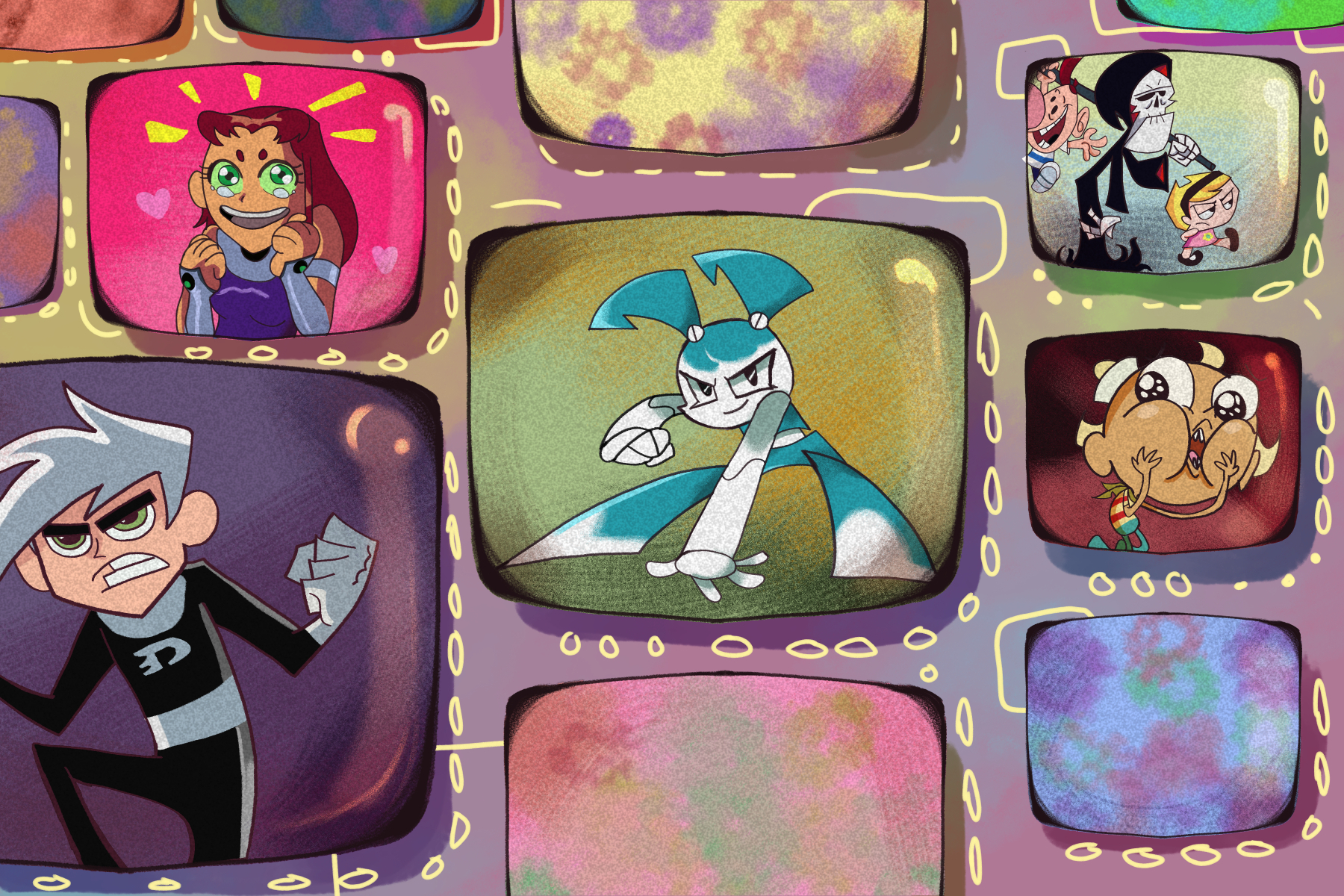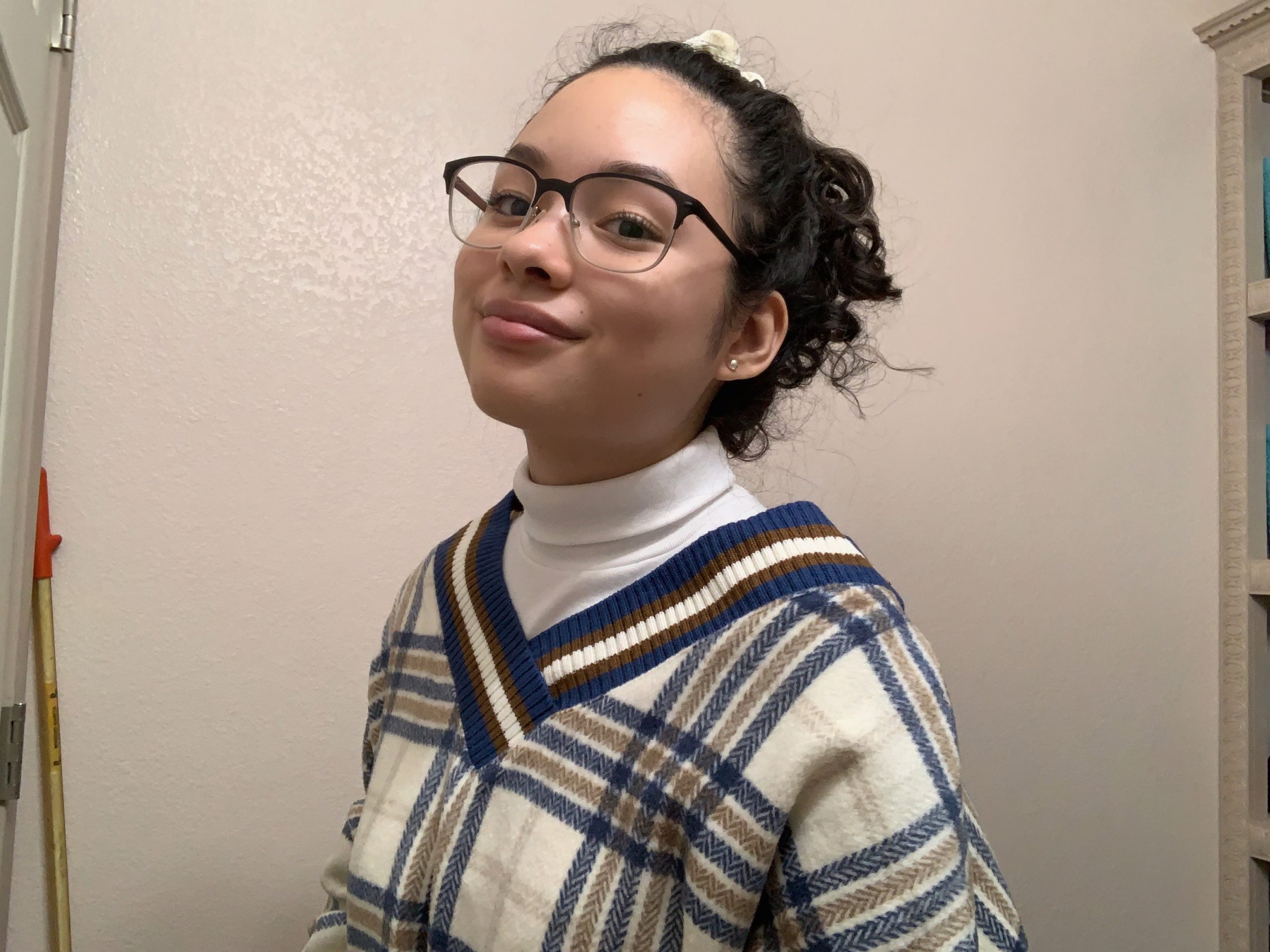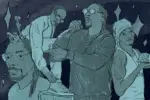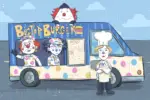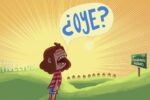Everyone has a favorite childhood cartoon or two that brought them peace and comfort, yet the shows got ripped away. Here are five legendary cartoons from the 2000s that were all canceled too soon.
1. “My Life as a Teenage Robot” (1999-2009)
Sometimes the best cartoon to binge-watch is a retro-futuristic story about a female robot who saves humanity from aliens and other robot villains while trying to live an ordinary teenage life. Nickelodeon’s “My Life As a Teenage Robot” was the perfect transitionary cartoon for kids who watched shows like “The Powerpuff Girls” when they were younger.
The series is one of the best examples of why a show doesn’t need to have successful ratings to have an astonishing story. Numbers shouldn’t matter. Many people adored the show and still do due to nostalgia, amplified by the theme song, background music and classic storylines.
But why would Nickelodeon cancel the show if many kids enjoyed watching it? According to the show’s blog page, “The executives love the show but the ratings aren’t good enough for them to give us more episodes.” This reason may be difficult to believe given the show’s large fanbase, but there are two potential causes for its cancellation.
One possible cause of the low ratings was the sporadic releases of episodes and the long gaps between each season. The original pilot episode, “My Neighbor Was a Teenage Robot,” aired in 1999, followed by the first season in 2003, the second in 2005 and the third in 2008. Another theory pointed to the unrelatable aspects of the show. However, other popular shows feature fantastical qualities and perform extremely well.
The cartoon deserved a more fitting send-off, considering that its final season aired years after the previous one, which made the show’s ending seem like an afterthought. However, it still left a lasting impression among fans and is a staple of many people’s youth.
2. “Foster’s Home for Imaginary Friends” (2004-2009)
There is a home for everybody, and that message is exemplified in “Foster’s Home for Imaginary Friends.” The concept of having a home for children’s abandoned imaginary friends is unique, which shows lightheartedness and wholesomeness. It also makes it easy for children to grow attached to the show and retain the happy memories years after they’ve grown up from it.
While it is not certain whether Cartoon Network canceled the show, it is most likely the case. Because the show lacks an overarching storyline, it could’ve continued indefinitely since the conflicts are resolved quickly and don’t carry over to the following episodes. However, this feature also meant the cartoon could’ve ended at any point without causing too much confusion.
The show ended in 2009 after 79 episodes and left its story without a sense of closure, leaving viewers unsatisfied. The “Foster’s Home for Imaginary Friends” series finale isn’t special compared to other episodes. It follows the same pattern most other episodes have; a character says something that could be interpreted multiple ways, which would confuse another character and make them overthink the situation. Originality and a sense of closure for other characters were missing. The series also does not have any overarching storylines to finish, and so many questions remain as to what the characters’ futures would hold.
While the show doesn’t have thrilling superhero stories or exceptional messages about life, it lets children use their imagination and value companionship in a relaxing way.
3. “The Grim Adventures of Billy & Mandy” (2000-2007)
Dark comedy makes many cartoons into television hits, like “The Grim Adventures of Billy & Mandy.” The Cartoon Network show follows the adventures of Grim, Billy and Mandy. It finds humor in aspects of life people prefer to avoid, such as negative emotions, harm and death. Some episodes, like “Tricycle of Terror” and “Billy and Mandy’s Jacked Up Halloween,” are elevated with cynical humor. The director and writers wanted to scare children right before making them laugh — and allow adults to laugh along with them. The cartoon also portrays things less pervasive in real life, like zombies eating brownies in “Brown Evil.”
There are two reasons for the cancellation of the cartoon. Maxwell Atoms, the creator of the series, wanted to create multiple works that stemmed from “Grim & Evil,” the original show in the franchise where he first introduces his characters. Atoms planned to create a spinoff movie that would transition “The Grim Adventures of Billy and Mandy” and serve as the pilot to a new spinoff series. However, because Atoms’ contract with Cartoon Network expired before the series’s acceptance, the “Underfist: Halloween Bash” movie effectively ended the franchise.
As Atoms left Cartoon Network, a new president took the helm of the company and demanded that creators produce live-action shows to compete with Disney Channel and Nickelodeon, both of which aired popular animated and live-action shows. Not only did this mean the cancellation of “The Grim Adventures of Billy & Mandy,” but it also ended many other animated shows.
The decision to end “The Grim Adventures of Billy & Mandy” was a blunder. It was highly popular among multiple generations due to the trio’s interesting dynamic. From Billy’s hilarious, dimwitted personality, to Mandy’s merciless polar opposite one, to Grim’s powerful yet easily fooled self, the show had everyone entertained. Even the nostalgia evoked by the theme song and movies (“Billy & Mandy’s Big Boogey Adventure” and “Billy & Mandy: Wrath of the Spider Queen”) is sewn into fans’ memories.
4. “Danny Phantom” (2004-2007)
“Danny Phantom” is a ghost story beloved by people of all ages. The story about a teenage boy becoming a superpowered ghost that fights evil — while keeping it a secret from most people and maintaining a normal life — is exciting to watch. The theme song and Danny’s transformation scenes are unforgettable.
The cartoon’s origin goes back to creator Butch Hartman, who had the vision to produce a show that would attract a wide audience. His creation became a cultural touchstone that influenced the kind of continuity found in other animated shows, such as “Avatar: The Last Airbender.” The ghost cartoon has an episodic storyline that allows the characters to grow and become three-dimensional. Compared to other animated shows tailored mainly to kids, “Danny Phantom” offers something for every generation, as it allows its characters to mature alongside the viewers at home.
The show tackles real-world problems, like in the episode “Beauty Marked,” which displays the mistreatment of women. A few other episodes do a great job of defying gender norms, like “Girls’ Night Out.” A lot of life lessons are shown through the characters. An evil, future Danny demonstrates that the greatest enemy anyone can face is themselves, whereas young Danny shows fans they can be awkward and still be somebody just like him — maybe not a superhero, but a successful person nonetheless.
One reason “Danny Phantom” ended so soon is that Nickelodeon underwent a leadership change a year before the series’s cancellation, which meant new visions would outshine old ones. Under the leadership of Cyma Zarghami, new shows such as “Adventure Time,” “The Proud Family” and “Phineas and Ferb” were declined for production. Ironically, all these shows became popular under Nickelodeon’s biggest competing studios, Disney Channel and Cartoon Network.
Another explanation for the cancellation was that the studio’s new production style was much more expensive and cost nearly twice as much as previous methods. Hartman also allegedly spent a lot of money hiring actors for the show, which enraged Nickelodeon and helped lead to the series’s cancellation.
The “Danny Phantom” series ends with a two-part, hourlong special, “Phantom Planet.” The special scrounges up some of the main storylines introduced throughout the series and haphazardly caps them. The episode leaves so many unresolved questions, and viewers craved more of something that would never come.
However, Hartman’s faithful love for his creation led him to create YouTube videos that gave fans what they were missing: ideas on the characters’ futures, never-before-seen footage and answers to the burning question regarding the show’s return.
5. “Teen Titans” (2003-2006)
There are many reasons why viewers of all ages love “Teen Titans” so much. For kids, it’s the idea of having superpowers and fighting off villains with friends. For teenagers, it’s the desire to be part of a group of teens in a world with no adult supervision while experiencing romance. For others, it’s the worthwhile life lessons a group of crime-fighting friends learn and teach. Not to mention, the theme song becomes tattooed on anyone’s mind after first hearing it.
It’s a once-in-a-generation show that focuses on the characters and their relationships with one another. For example, in the episode “Divide and Conquer,” Cyborg quits the team after an argument with Robin, which reveals the team’s troubles without physically voicing them. The creators effectively capture each character’s emotions and how they’re coping with the loss of a friend. This episode gives the audience a deep look into the characters’ personalities at the beginning of the series. By only watching one episode, viewers can tell “Teen Titans” is all about character-driven stories that show how to be a good friend.
Each character is treated to their own storylines and development while never detracting from others. The world-building in the show lets the viewer’s imagination run wild throughout the series. Unique among superhero shows, the villains in “Teen Titans” pose challenges that allow the main characters to improve themselves and deal with their own demons. This stops the show from operating in a black-and-white moral framework and shows that all people are complex and capable of growth.
The show was canceled because executives never approved the sixth season story pitched to Cartoon Network. As a result, fans got treated to an ending that fit the story, yet still felt rushed and gloomy. The saddest aspect of the hurried finale is the lack of real closure between Beast Boy and Terra. Many fans believe they both deserved a better ending than Terra being miraculously brought back from her sacrifice and living her life as a schoolgirl. The final episode mainly focuses on the couple, but it doesn’t give much airtime to the rest of the Titans or the villain they’re fighting. It also leaves questions about their main villain, Slade, unanswered.
Spinoffs do exist, yet none of them have come close to satisfying fans of “Teen Titans,” leaving it as one of the most unforgettable cartoons in history.


